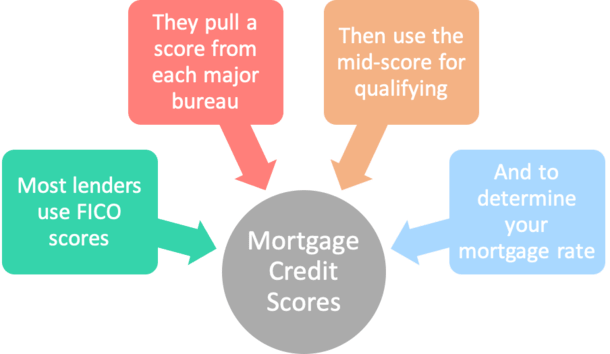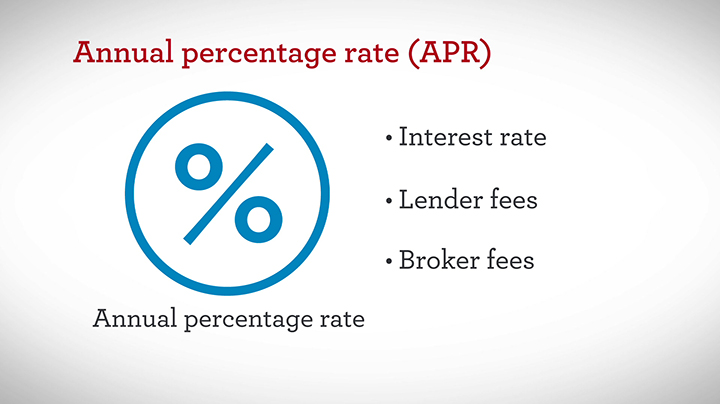Common examples consist of the following: Treasury bondsCorporate bondsInterest rate derivativesCredit derivativesEquity securities, such as typical stockDebt securities, such as home loan loansOptions, futuresThanks for reading this guide! At CFI our mission is to help you advance your profession. With that in mind, we have actually established these additional CFI resources to help you take your expert career to the next level.
GLOSSARY 1. A basis point is a measurement of a percentage: 1/100th of one percent. For example, the distinction in between a 9. 0% loan and a 9. 5% loan is 50 basis points. basis That on which a thing rests or is founded. why do banks sell mortgages to other banks. buy-down When a debtor or a home http://beckettwlpi983.huicopper.com/how-do-reverse-mortgages-work-when-you-die-fundamentals-explained loan broker "purchases down" a home mortgage rate, they make an in advance payment to the lending institution in order to decrease the home mortgage rate.

buy-down mortgage A home loan in which the lending institution charges below-market interest in exchange for discount rate points. cash approach The type of accounting in which you report earnings in the real year you receive it and subtract costs in the year you pay. A lot of people use this technique. Under this system, if you constructed a deck and billed the client in December 1999 but didn't get the cheque up until January 2000, it would be counted as 2000 income, not 1999.
discount rate point A sum a debtor pays to a loan provider to decrease the interest rate of a mortgage. A point equates to 1 percent of the loan quantity. margin The difference between the cost and the asking price. point A point equates to 1 percent of a home loan. Some lenders charge "origination points" to cover expenditures of making a loan.
A basis point is thought about the smallest measurement of pricing estimate changes to rates of interest or yields on bonds. It is a way to explain one-hundredth of a portion point (0. 01%). Basis points are often used rather of portion points when distinctions of less than 1% are significant and have a concrete effect.
A basis pointwhich is typically spoken with monetary media and knowledgeable investorsrepresents 0. 01%. For example, if somebody states the yield on a 10-year Treasury bond fell 10 basis points, they indicate it stopped by 0. 1% (0. 01 * 10). If someone says a bond yield fell 100 basis points, it indicates it reduced by 1% (0.
What Are The Interest Rates For Mortgages Can Be Fun For Everyone
The term is common in conversations about bonds, other fixed-income financial investments, and loans. People use the terms basis points and portion indicate prevent confusion when going over the distinction between the two rates. For instance, let's say that a news report said the yield on a bond rose 0. 5% from 7.
It may be hard to recognize what the brand-new yield is. It might be 8% (7. 5% + 0. 5%) or it might be 7. 875% (7. 5% + 0 (what is wrong with reverse mortgages). 375%, which is 5% of 7. 5%). Nevertheless, if the news reported a 0. 5 what is timeshare percentage point increaseor a 50-basis point increaseyou would know the brand-new yield is 8%.
So 1,050 basis points is 10. 50%, and 236 basis points is 2. 36%. Basis points are commonly utilized to reveal modifications in the yields on business or government bonds bought and sold by financiers. Yields fluctuate, in part due to the fact that of dominating rate of interest, which are set by the Federal Reserve's Free market Committee.
Those modifications affect the costs investors are willing to spend for older bonds, which impacts the expected return on the bonds. Let's say you have $10,000 to invest, and decide to purchase a bond with a rate of interest, normally called a voucher rate, of 3%. A year later, dominating rates have dropped 50 basis points, so brand-new bonds with the very same face worth are now paying 2.

Your bond is now worth more because it pays $300 a year instead of $250. Typically, investors desire to see yields rising, and you'll frequently hear the changes revealed in basis points. Interest rates are often discussed in relation to an index or benchmark rate. One common contrast is to the London Interbank Deal Rate (LIBOR).
If LIBOR stands at 2%, then the rate is 2. 25%. Suppose you're a financier in mutual funds or exchange-traded funds. Because case, you may encounter an annual cost called an expense ratio, which is the part of properties subtracted each year by your fund supervisor for fund expenses.
Everything about What Are The Current Interest Rates For Mortgages
45% of your overall possessions in the fundwhich equals to $14. 50 per $1,000 invested. Basis points are likewise common in discussions about borrowing as well as investing. The Fed's benchmark rate, which affects rates on home mortgages, charge card, and other loans, is normally changed 25 basis points at a time.
Using basis points can prevent confusion when discussing modifications in yields or interest rates. Basis points are most commonly used when distinctions of less than 1% are meaningful. A basis point describes one-hundredth of a portion point. For example, the difference between 1. 25% and 1. 30% is 5 basis points.
Sign up for our weekly newsletter and get our most popular material delivered straight to your inbox. Join 1,000+ other customers. We'll never offer or share your e-mail address. Cancel anytime.
Mortgage Q&A: "What are home loan points?" The home loan procedure can be pretty stressful and hard to make sense of sometimes, what with all the insane terms and stacks of paperwork. disney timeshare Further complicating matters is the fact that banks and loan providers do things in a different way. Some charge so-called loan application fees while others ask that you pay points. what types of mortgages are there.
While searching for a mortgage, you'll likely hear the term "mortgage point" on more than one celebration. How Much Is a Home Loan Point How Do You Calculate Points on a Home mortgage? There Are 2 Types of Home Loan Points Paying Home Mortgage Points for a Lower Rates Of Interest How Do Unfavorable Points Deal With a Home mortgage? Home Mortgage Point Examples Home Loan Points Cost ChartBe sure to pay unique attention to how many points are being charged (if any), as it will significantly affect the real cost of your loan.
You don't even need a home mortgage calculator!.?.!! Or a so-called home loan points calculator, whatever that isWhen it boils down to it, a home mortgage point is simply an expensive way of stating a percentage point of the loan quantity. Essentially, when a home loan broker or home loan lender says they're charging you one point, they merely mean 1% of your loan quantity, whatever that may be.
The 45-Second Trick For How Do Escrow Accounts Work For Mortgages
If they decide to charge two points, the cost would be $8,000. And so on. If your loan amount is $100,000, it's simply $1,000 per point. It's a really simple estimation. Just multiply the variety of points (or fraction thereof) times the loan amount. If it's one point, take a calculator and input.
If it's 1. 5 points, input. 015 increased by the loan amount. Using $300,000 as the loan amount in the above equation, we 'd develop an expense of $3,000 and $4,500, respectively. Assuming you're being charged less than a point, we have to consider "basis points," which are one one-hundredth of a portion point (0.